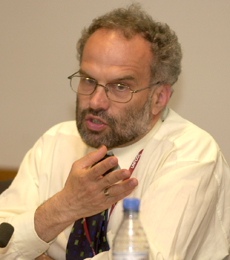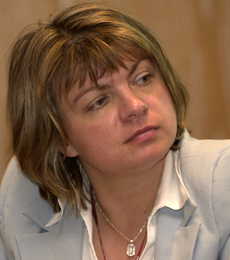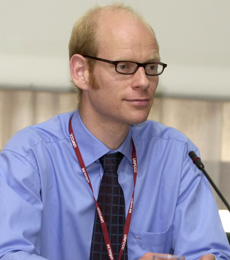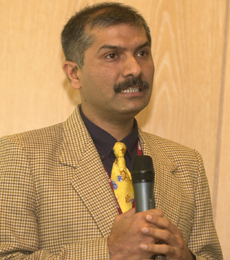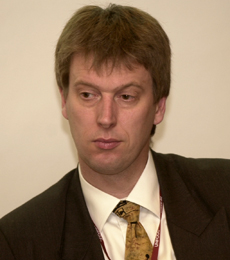Artur Runge-Metzger, European Commission, said the EC will consider expanding the EU ETS in terms of sectors, gases, and linkages to other emissions trading schemes when it reviews the EU ETS directive in 2006. He said the EU ETS will continue beyond 2012 but that national emissions allocation plans beyond that date will depend partly on international negotiations, highlighting the interdependence between the EU’s climate policy and international processes.
Matt Jones, Environment Canada, discussed the two aspects of Project Green, Canada’s new climate change plan, which are most relevant to the international carbon market: the Large Final Emitter System (LFES) and the Climate Fund. He said the LFES provides a series of compliance options for companies to reduce emissions and covers companies representing 50% of Canada’s GHG emissions. The Climate Fund, with an initial investment of CAN$ one billion, aims to purchase emissions and removal credits at the domestic and international levels. He explained that the Climate Fund’s involvement in the international carbon market will evolve over time.
Nick Campbell, Union des Industries de la Communauté Européenne (UNICE), provided a private sector perspective on the EU ETS and its future beyond 2012. He said issues for business include: comparative allowance amounts between member countries for certain sectors; the varying release dates of national allocation plans; harmonization, within industries and between member States, of definitions used in reporting; the continuation and possible expansion of the EU ETS beyond 2012; and the ongoing applicability of CDM and JI credits in the EU ETS.
Murray Ward, Global Climate Change Consultancy, outlined a project to review the key proposals for a post-2012 regime in terms of their relation to the international carbon market. He said the project report, to be launched at a COP 11 side event, will assess, inter alia: system architecture, utility and efficacy; market mechanics; fungibility; transaction costs; system negotiability and resilience; and developing country engagement.
Toshiyuki Sakamoto, Ministry of Economy, Trade and Industry, Japan, explained that whilst Japan has decided not to introduce a cap and trade system, it may consider this option in the future. He said ongoing issues relating to a cap and trade system include the administrative costs of such a scheme and the government’s general policy of deregulation. He suggested that in planning for the future of the international carbon market, the principles of supplementarity contained in the Kyoto Protocol and Marrakesh Accords should be considered.
Discussion: Participants considered, inter alia: administrative costs, allocation processes, pricing, and competitiveness issues associated with emissions trading schemes; and guidance for industry on reporting and monitoring emissions under trading schemes.





